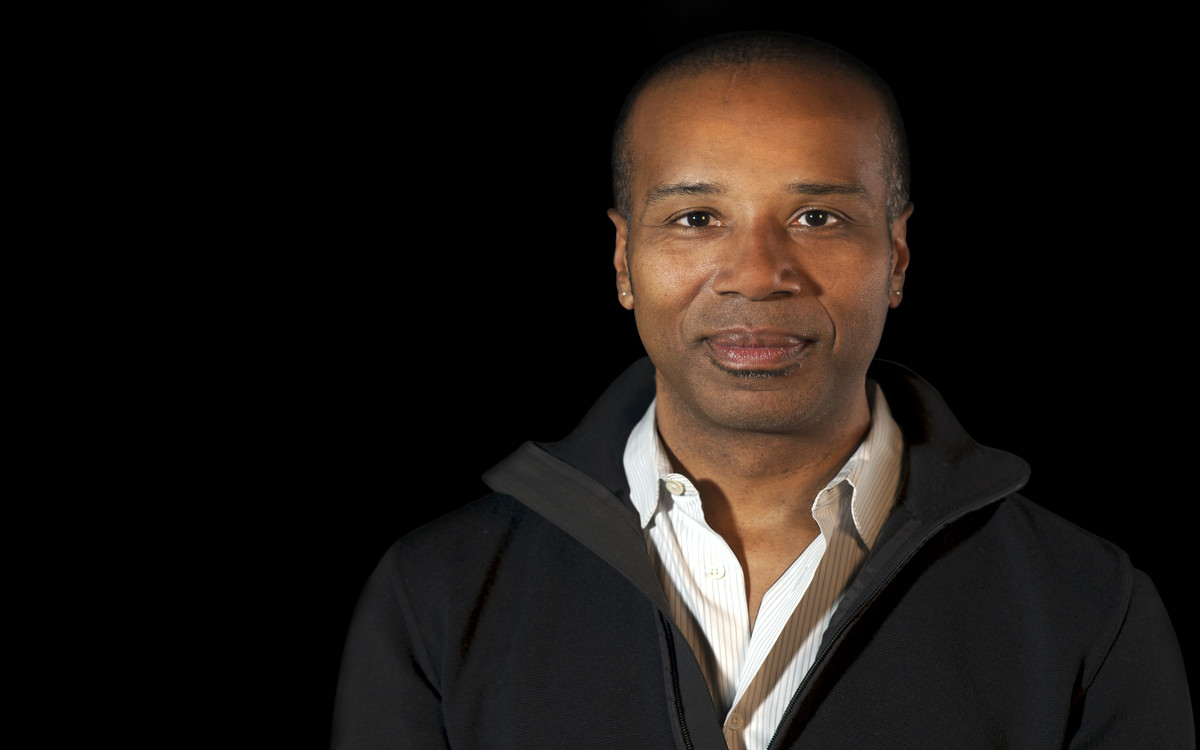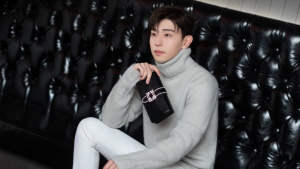- THX CEO believes Chinese movie audience has become more sophisticated.
- A THX-certified theater needs to pass a number of tests to ensure it can reproduce movie soundtrack and image the way the director intended.
- China’s cinema building boom is happening alongside improvements in consumer’s household entertainment systems.
China’s box office may be in the doldrums, but cinema building in the country continues apace with 22 new movie screens opening every day in the country by some estimates.
With plenty of third and fourth-tier cities to expand into, some local executives think it’s possible the total number could climb from around 30-40,000 screens now to 120,000.
Filling those theaters with paying customers is another matter as Chinese audiences are becoming increasingly discerning about quality.
Recently, Chinese audiences were quick to criticize Universal’s decision to release Jason Bourne almost exclusively in 3D, when the 2D was clearly more appropriate for the franchise’s shaky-camera style.
On Screen China: 3D ‘Jason Bourne’ Leaves Chinese Fans Feeling Sick and Cheated
For Ty Ahmad-Taylor, CEO of THX, the US cinema certification company founded by George Lucas and engineers at Lucasfilm, the audience reaction was a sign of Chinese moviegoers’ increased sophistication.
“The best thing that came out of that is that there’s a desire on the part of Chinese audiences to be fully immersed in the cinema experience,” Ahmad-Taylor told China Film Insider (CFI).
The company now develops and licenses technologies and specifications for audio and visual systems at cinemas and for home entertainment, and it has high hopes for the Chinese market, where is hoping to be seen as a symbol for quality in the rapidly growing market.
China’s cinema industry’s feverish pace of construction has outpaced the education of cinema design, installation and maintenance professionals – often resulting in poor architectural and acoustic design as well as underperforming audio and video systems, according to the company.
“We’re helping cinema chains build quality individual theaters — whether it’s the display technology or the acoustic technology so that they’re able to charge more and get more people coming into the cinema.” Ahmad-Taylor said.
A THX-certified theater needs to pass a number of tests to ensure it can reproduce movie soundtrack and image the way the director intended.
The former Samsung, Viacom, and Comcast executive said that the first stage in the Chinese market was marked by a “flight to convenience” where consumers were focussed on simply the availability of cinemas.
“The next stage is ‘how do I get the best experience’?” he said. “That growth curve, is something that we’re deeply familiar with.”
The task is made all the more difficult as the cinema building boom is happening alongside improvements in consumer’s household entertainment systems.
“Cinemas have to compete with people watching online and watching at home,” Ahmad-Taylor said. “If consumers feel they can get the same experience at home then they won’t come out. That’s why you’ve seen this move towards quality.”
“If you’re watching at home, there’s no way you’re going to get the deep, body-moving bass response, and there’s no way you’re going that your total field of vision is going to be occupied by the screen.”
The company that has certified world-class venues such as ArcLight in Hollywood and the Olympia in Cannes, has just upgraded China Film Group’s (CFG) flagship cinema at their Beijing headquarters.
They’re also working with China Giant Screen, China Film Blossom and The China Film Equipment Company (CFEC) to help them elevate their standards for their partners.
Ahmad-Taylor says THX clients, hoping to get distinguish themselves as providing premium experiences, are having to radically change the way they think.
“People who are aware of THX put quality first, then features and then price,” he said. “Whereas traditional consumers put price, features, quality in that order.”






